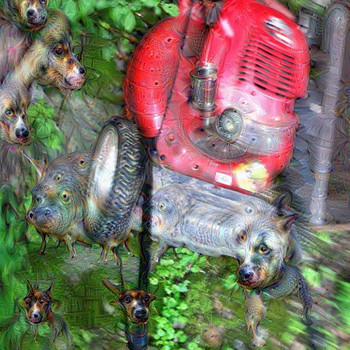If two people are pulling on the same rope at #"10 N"# of force, what is the tension on the rope?
3 Answers
Following Newton's third law (... equal and opposite forces...), the string stretches until it reaches its tightest point.
You might imagine this to be like a tug-of-war game with both sides dead even.
Since we are focusing on horizontal forces, and since exactly two horizontal forces are pulling in opposite vector directions to the same extent, these cancel each other out, as seen here:
#sum F_x = T - F_x = ma_x = 0#
As stated in the question, it would mean that
(Additionally, even if
10 N
Explanation:
While many people would like to simply add the forces from each end to get a total force, this is fundamentally incorrect.
This is an application of Newton's Third Law: "For every action there is an equal and opposite reaction." The only way someone on one end of the string can exert a force of 10 N on the other end of the string is of the other end of the string exerts a 10 N force in the opposite direction.
Suppose I hang a 1 kg mass from a spring scale. This pulls with a force of approximately 10 N. Next, remove the weight and attach the spring scale to a wall. Pull on the scale until it reads 1 kg. That's the same 10 N force that the weight (and gravity) exerted downward when it was hanging. Lastly, consider what would happen if you attached a second spring scale to the wall and the end of the string to that spring scale. When you pull one hard enough to make it read 1 kg, the spring scale on the opposite end will also show 1 kg. They are indicating equal forces in opposite directions.
10 Newtons
Explanation:
Take any point along the string, it must be pulled equally in both directions. Now take the very edges that are pulled with 10N. They too must be balanced, therefore the string has tension of 10N. (Newton's 3rd Law)
...A common misconception is to add 10N to 10N to get 20N, but there is no justification for this error.



